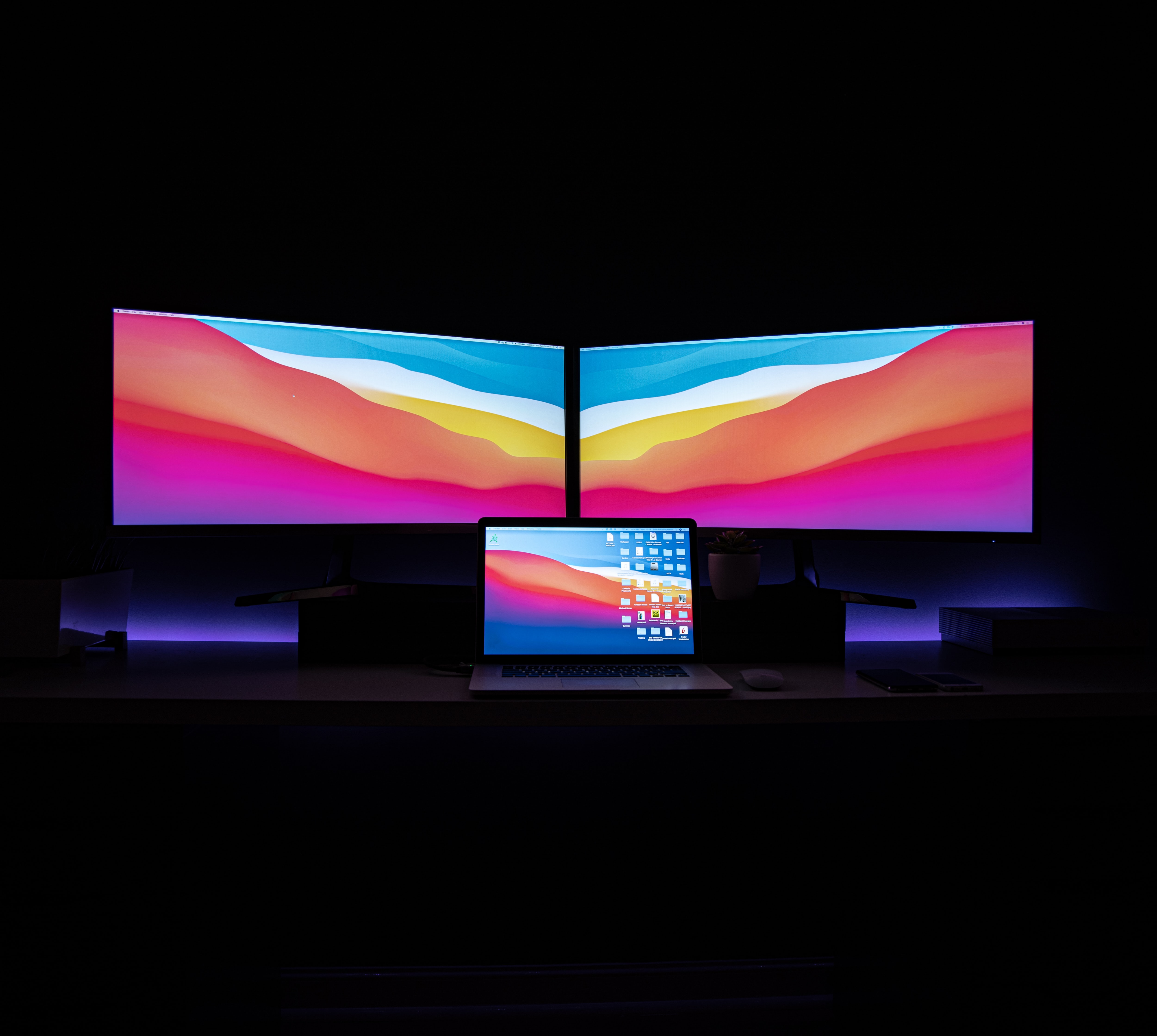Trying to understand the differences between linear and CTV? Our primer has everything advertisers need to know.
It won’t be long until connected TV content overtakes the more traditional pay-TV model
It’s no secret that the television landscape is changing rapidly. Once upon a time, people had to be sitting in front of their sets at a specific time to catch the latest episode of their favorite shows, and there was no skipping the commercials. The introduction of DVR in the late 90s gave viewers a little more freedom, but their options were still severely limited compared to the streaming technology available today.
Fast forward to today, where the norm has become instant access to an astounding amount of content anytime, anywhere. In just five years, the number of smart TV users in the US has more than doubled from 62 million to 114.3 million, and millions of viewers are cutting the cord for good. According to Samsung, 63% of all viewing time in the US is done via streaming. Combine that with our internal data that says 91% of streaming viewers use ad-supported services, and it’s clear to see just how large CTV’s potential is.
The way we watch television has obviously evolved, but TV advertising is only just catching up — and that’s where connected TV comes in. But In order to reach this increasingly digital audience, advertisers need to understand the nuances of connected TV and linear TV, as well as how the industry got to this point.
Dip deeper into CTV with "What is CTV? A Marketer's Guide to Connected Television."
Connected TV vs. Linear TV: What’s the Difference?
The first step to understanding the modern TV advertising landscape is being aware of the differences between connected TV (also called CTV) and linear TV. Connected TV refers to a television that is connected to the internet in order to stream video content, either with built-in capabilities (like a smart TV) or external devices. Do you have a Roku, Fire Stick, Apple TV, or Xbox console connected to your TV? Then you use connected TV.
It should be noted that the terms “CTV” and “OTT” are often used interchangeably, they’re not actually the same. OTT, or over-the-top, refers to all streaming media content on a variety of devices, including smartphones and tablets. Connected TV is a subset of OTT referring strictly to internet-connected television sets.
Linear TV, meanwhile, is the more traditional model in which viewers watch content at scheduled times as it’s broadcast on its original channel. Of course, linear TV has also evolved somewhat; cable subscribers can now use DVRs to record programs and watch them at a convenient time. Generally speaking, however, linear TV doesn’t offer quite as much entertainment freedom as a connected TV and a bevy of streaming apps does.
The Evolution Will Be Televised
In 2017, there were 94.3 million American households with a paid linear TV subscription of some sort (think cable or satellite providers), compared to 32 million non-pay TV households. The gap between those numbers has been steadily shrinking, however; as of 2021, the number of pay-TV households is down to 74 million, while the number of non-pay households has sharply risen to 54.4 million. By 2024, the number of cord cutters is expected to eclipse pay-TV households.
Younger generations are particularly fond of the connected TV landscape. Only 41% of 18-to-34-year-olds live in a house with a pay TV subscription, and nearly a quarter of the same age group have never had a linear TV setup. Linear TV is becoming increasingly associated with older age groups, especially the 65+ crowd.
So what does it all mean? The evolution of the TV landscape isn’t some far-off future; it’s already here. Within three years, the traditional linear TV model will no longer be the dominant format. Connected TV is the present and future — yet for some advertisers, monetization and attribution methods are still stuck in the past.
Measuring Performance of CTV & Linear TV
For decades, the performance of TV shows was measured by how many people watched as it aired — because those numbers could then be used to sell commercial airtime to advertisers. In other words, television shows were actually the breaks between commercials, not the other way around. Just like the way people consume entertainment has evolved, so too have the methods used to measure success.
Linear TV: The House That Nielson Built
You’ve probably heard the phrases “TV ratings” and “Nielsen ratings” used interchangeably, and for good reason: since the 1950s, Nielsen Media Research has been the primary source of audience measurement across the television industry. For decades, if your favorite show got canceled, it was most likely because Nielsen’s system determined that the program wasn’t being watched by enough people to make ad time worthwhile. Remember when TV shows used to boast high-profile guest stars and audience-favorite storylines seemingly all at once? That’s because certain periods of the year were designated as Nielsen “sweeps” and helped determine commercial ad rates for the foreseeable future.
Even before the rise of connected TV, the Nielsen system had its restrictions. Since only a small fraction of the TV-watching population was chosen to have Nielsen boxes in their homes, the accuracy of these ratings has been called into question. Additionally, because Nielsen households are aware that their television habits are being tracked, response bias can skew the results.
Perhaps the biggest limitation of the classic Nielsen system, however, is the lack of attribution data. Sure, Nielsen could use its data to approximate how many millions of people saw a commercial, but there’s no way to connect those viewers to sales. As a result, advertisers simply cast a wide net by advertising during highly rated TV shows and hope that their message made an impact on a percentage of the viewing audience.
In the last few years, Nielsen has added video on demand and streaming platforms to its metrics, but the platform remains limited. For now, Nielsen Media Research remains the standard for measuring linear TV performance, but it falls short when considering the connected TV landscape.
Connected TV: Increasing Targeting, Efficiency, & Reach
The advent of connected TV has fundamentally changed the nature of television advertising and how success is measured. As a result, media buyers and advertisers are shifting their budgets away from linear TV for a few key reasons:
- Increased targeting and efficiency
- Incremental reach
- Optimizing creative
- Cost-effective CPM
- Better ROI
These benefits are all possible thanks to attribution, which — unlike Nielsen’s system — directly links an ad with an action. CTV advertising platforms use metrics similar to those seen in other forms of digital advertising to deliver in-depth data about the cost for each completed view, return on ad spend, and more. Instead of blasting a message out into the void and hoping it connects with audiences, advertisers can now measure performance more accurately and take their ad budget further.
In order to reap these benefits, however, advertisers need to work with the right performance advertising platforms — preferably one designed with connected TV in mind. By combining the draw of connected TV content with the precision of digital marketing, advertisers now have the opportunity to make an impact on audiences without being one of the big-name brands that have dominated commercials for decades.
If you’re looking for the right partner, tvScientific can help! Our platform combines the power of the television ecosystem with the analytical rigor that modern advertisers need. Measurement of campaign performance and 1:1 attribution deliver actionable insights and help media buyers optimize performance. Get in touch to learn more about the exciting possibilities of the connected TV ecosystem.








